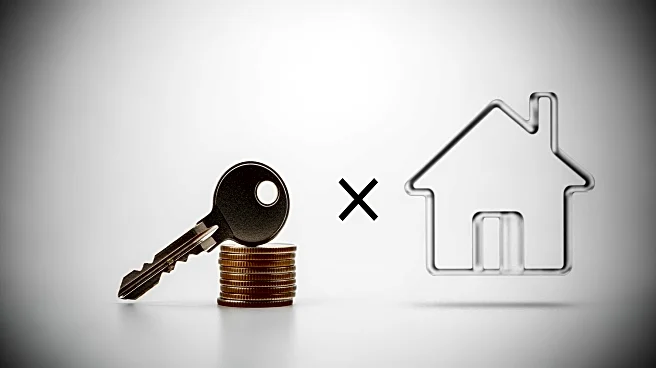What's Happening?
Home prices across the United States are beginning to stabilize, yet they remain high, posing challenges for potential buyers. The situation is exacerbated by near record-high mortgage rates, which have made homeownership less affordable. A mere one percentage
point increase in mortgage rates can add over $100 to monthly payments, prompting many prospective buyers to look beyond expensive urban centers. This trend is particularly evident in Columbia, where data from Realtor.com's Cross-Market Demand Report reveals that homebuyers are increasingly considering areas outside the city. The report, which analyzed page views of active listings during the third quarter of 2025, highlights a growing interest in cities such as Charlotte, NC, and Greenville, SC, among others.
Why It's Important?
The shift in homebuyer interest has significant implications for the real estate market and urban development. As more individuals opt for homes in less costly areas, urban centers may experience a slowdown in demand, potentially affecting local economies and housing markets. This trend could lead to a redistribution of population and resources, impacting infrastructure, public services, and community dynamics in both urban and suburban areas. For potential homeowners, the ability to work remotely has expanded their options, allowing them to seek more affordable housing without being tied to a specific location. This could lead to a more balanced housing market, with demand spreading more evenly across regions.
What's Next?
As mortgage rates continue to influence homebuying decisions, it is likely that the trend of seeking homes outside urban cores will persist. Real estate developers and local governments may need to adapt to these changes by investing in infrastructure and services in suburban and rural areas to accommodate the influx of new residents. Additionally, policymakers might consider measures to address housing affordability and support sustainable urban development. The ongoing evolution of remote work could further drive these trends, reshaping the housing landscape in the coming years.













